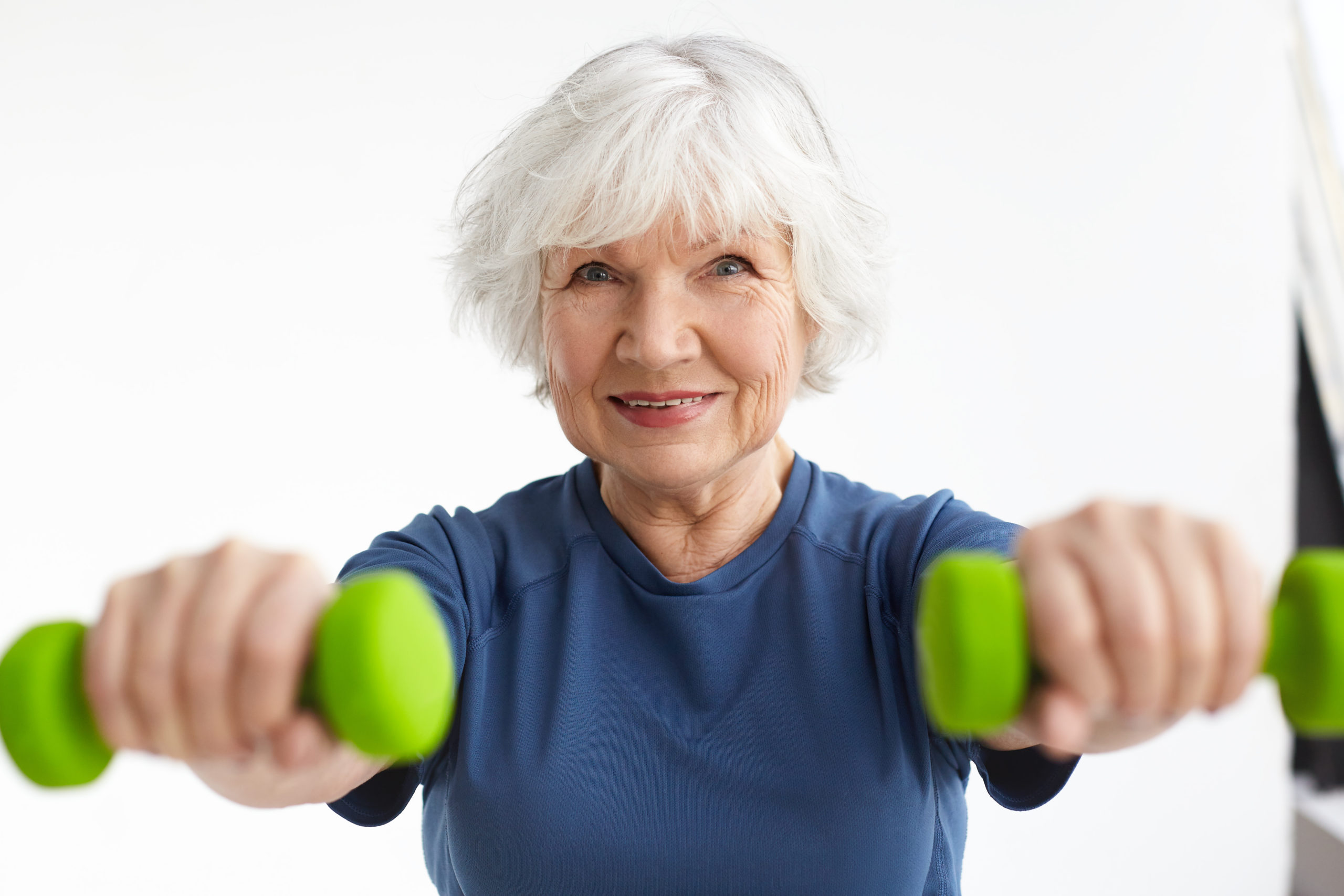Today, exercise and Alzheimer’s are our topics, and the news is all good. We know exercise not only creates new brain cells (in our hippocampus), it actually increases the size of our hippocampus. It improves the flow of blood, oxygen, and nutrients through our veins and arteries. Even better, exercise boosts the removal of toxins and waste from our bodies, which can accumulate in all our cells; our brain cells, included.
That is good news for the health of our telomeres—those end caps on our chromosomes, as toxins damage our telomeres and impair their function within the cell. Getting rid of those pesky toxins also improves the health of our nerve firings—a key element in memory and cognitive function.
Not getting enough good quality sleep (shoot for 7 solid hours) and high insulin levels are also associated with an increased risk of Alzheimer’s, and, you guessed it, exercise improves our sleep, giving our brains and bodies time to downshift and do some vital repairs below the hood.
Exercise also helps bring down our insulin levels so that we do not fall into a scary zone called “insulin resistance.” Insulin resistance develops when the cells can’t process insulin properly and it backflows into the blood stream, creating “high blood sugar,” a term we are hearing more and more about today. Insulin resistance is now understood to be a major component contributing to dementia and Alzheimer’s. Stay tuned for more on this topic in future posts.
Everyone knows exercise is a wonderful stress-reducer. Stress creates inflammation, which is made even worse by high blood sugar levels. Once women are post-menopausal, and our ovaries have almost completely shut down, our adrenal glands produce most of our estrogen. The adrenals must also continue to make cortisol in response to our crazy, often highly stressed lives of wives, mothers, and US Senators.
Since the adrenal glands can make only so many hormones overall, when we are under stress, our adrenals stop making estrogen. As a result, without enough estrogen, the functions in our bodies that depend on estrogen will stop working as well. Research shows estrogen affects telomere length in women. This is one reason women after menopause suffer from more “fuzzy thinking” and cognitive decline. But, good news: there seems to exist a love connection between habitual physical exercise and increased telomere length in postmenopausal women.
Exercise does so many positive things for our human bodies, and women may actually be the greater beneficiaries of exercise in mid-life and beyond. More research is needed as the science points that way.
To determine your heart rate at any age go to the following website: https://www.cdc.gov/physicalactivity/basics/measuring/heartrate.htm. The formula there is 220-your age. I hope that helps!
Until next time… be vibrant!
Subscribe to Receive
Vibrant Aging™ Tips
Delivered Right to Your Inbox
&
Vibrant Aging™ Coach

L.J. Rohan is a Gerontologist (University of Southern California’s Davis School of Gerontology), Certified Aging in Place Specialist (CAPS), and Vibrant Aging™ Coach. L.J. is dedicated to redefining the aging process. With a focus on holistic well-being, she combines scientific research and practical insights to guide women age 55+ towards a vibrant, fulfilling life. Her work has been featured in numerous publications and she frequently speaks at institutions such as Yale University and Southern Methodis University. Be Vibrant!




